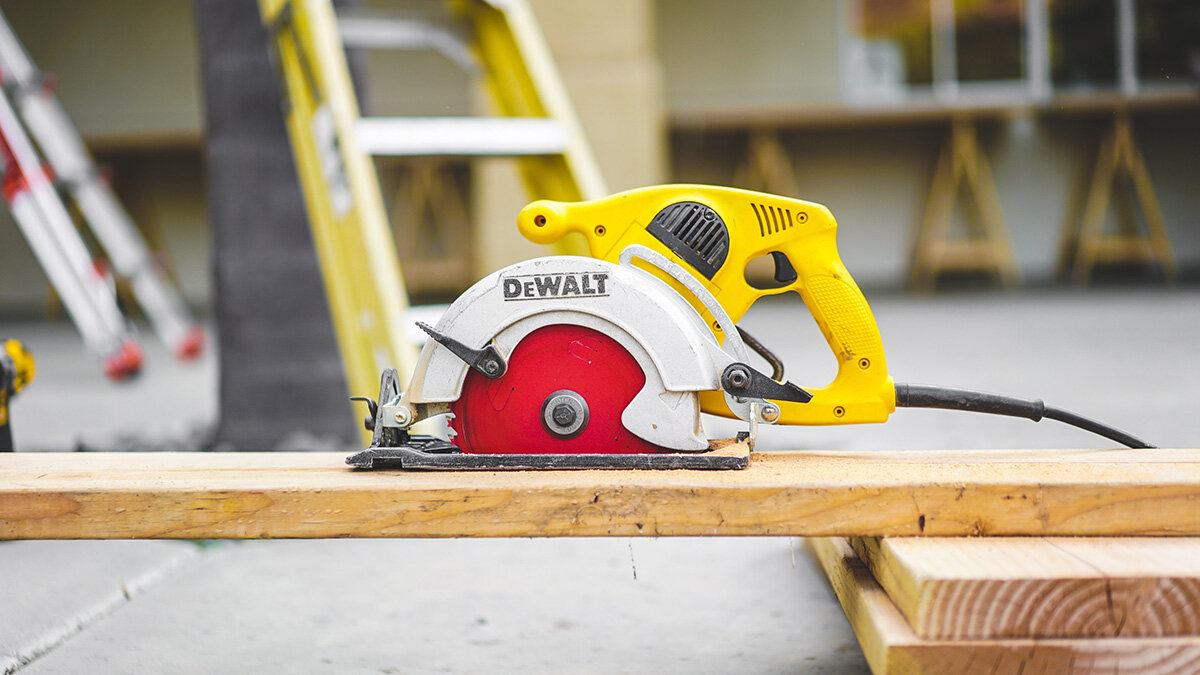In the vast realm of industrial manufacturing, the terms cutting tool and cutter are often used interchangeably, leading to confusion among professionals and enthusiasts alike. However, a closer examination reveals subtle yet significant differences between these two entities. In this blog post, we will delve into the intricacies of cutting tools and cutters, unraveling their unique characteristics, applications, and the key factors that set them apart.
- Understanding Cutting Tools:
Cutting tools encompass a broad range of instruments utilized in various industries, including metalworking, woodworking, and machining. These tools are designed to remove material from a workpiece, shaping it into the desired form. They can be classified into two main categories: single-point cutting tools and multi-point cutting tools.
1.1 Single-Point Cutting Tools:
Single-point cutting tools, such as turning tools and boring tools, feature a single cutting edge. They are primarily used for operations like turning, facing, and chamfering. These tools are commonly employed in lathes, where the workpiece rotates against the stationary tool, resulting in precise material removal.
1.2 Multi-Point Cutting Tools:
Multi-point cutting tools, also known as milling cutters, possess multiple cutting edges distributed across their periphery. These tools excel in operations like milling, drilling, and slotting. Milling cutters are widely used in milling machines, where the rotating tool removes material by traversing across the workpiece.
- Exploring Cutters:
While cutting tools serve as a broader category, cutters refer to a specific type of cutting tool. Cutters are typically characterized by their disc-like shape and are primarily employed in milling operations. They are designed to remove material from the workpiece by rotating on an axis perpendicular to the workpiece surface.
2.1 Types of Cutters:
Cutters come in various forms, each tailored to specific machining tasks. Some common types include:
- End Mills: These cutters feature cutting edges on the end face and periphery, enabling them to perform a wide range of milling operations, such as contouring, slotting, and plunging.
- Face Mills: Face mills have cutting edges on the periphery and the face, allowing them to create flat surfaces and perform facing operations.
- Slab Mills: Slab mills are used for machining large, flat surfaces and feature multiple cutting edges on their periphery.
- Key Differences:
Now that we have explored the fundamentals of cutting tools and cutters, let's summarize the key distinctions between the two:
- Scope: Cutting tools encompass a broader range of instruments, including both single-point and multi-point tools, whereas cutters specifically refer to disc-shaped tools used in milling operations.
- Functionality: Cutting tools are versatile and can perform various operations, while cutters are primarily designed for milling tasks.
- Design: Cutting tools can have different shapes and configurations, depending on the operation, whereas cutters generally have a disc-like shape with cutting edges on the periphery.
Conclusion:
In conclusion, understanding the difference between cutting tools and cutters is crucial for professionals in the manufacturing industry. While cutting tools serve as a broader category, encompassing single-point and multi-point tools, cutters specifically refer to disc-shaped tools used in milling operations. By grasping the nuances of these terms, professionals can make informed decisions when selecting the appropriate tool for a specific machining task, ultimately enhancing productivity and achieving optimal results.


